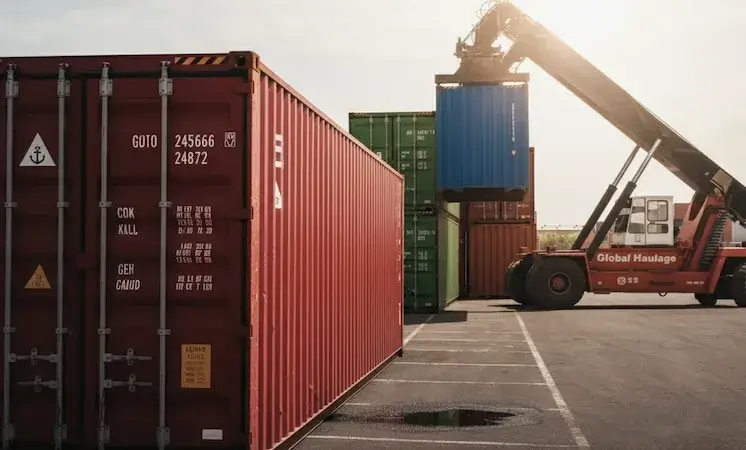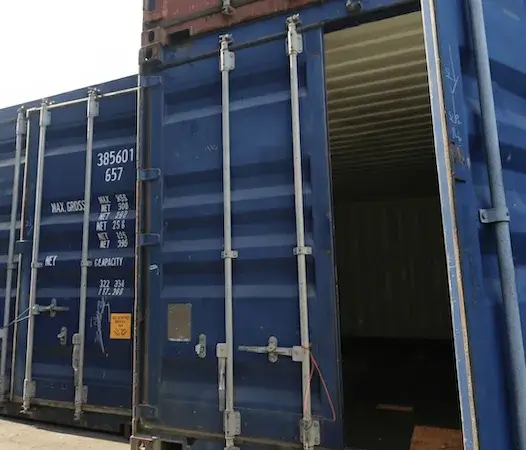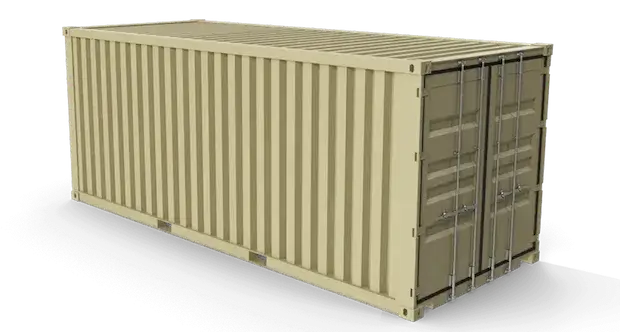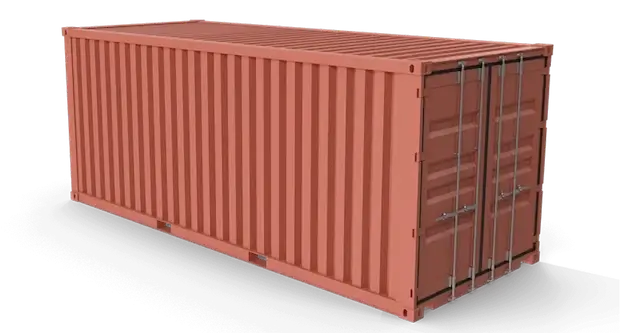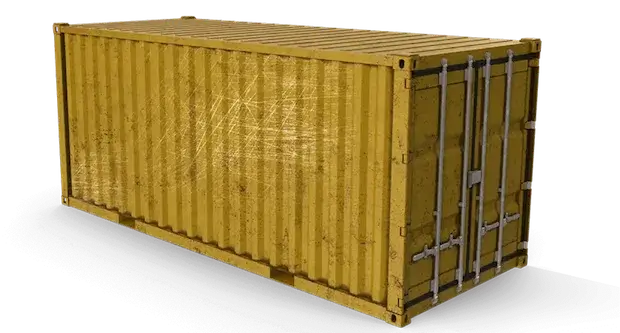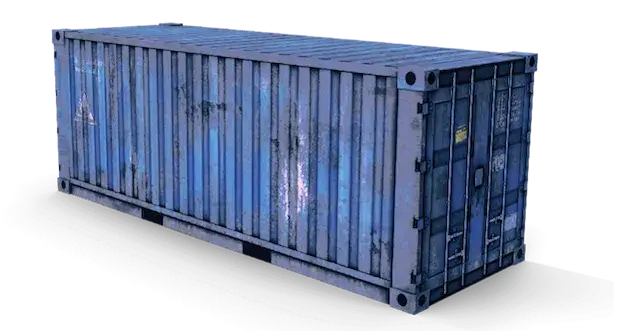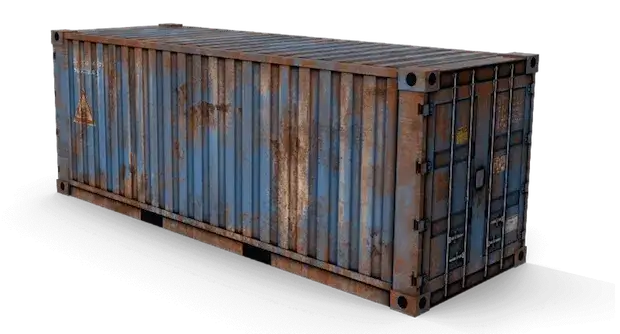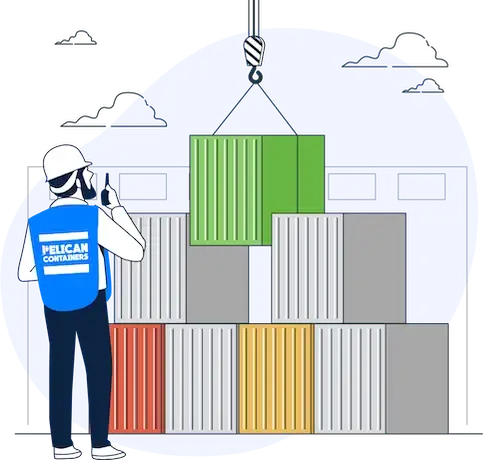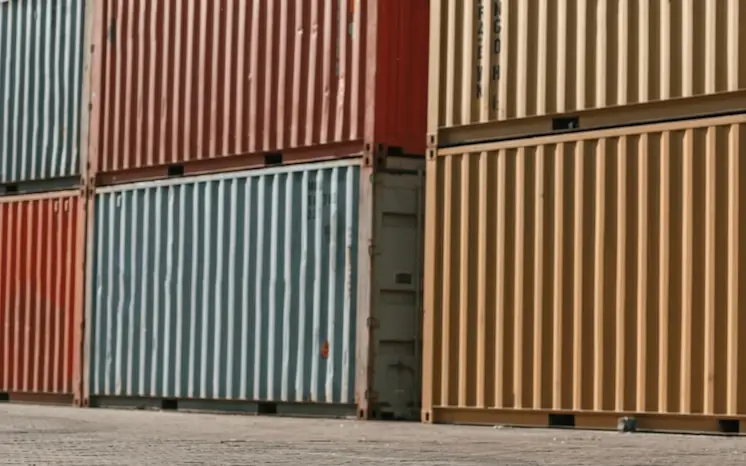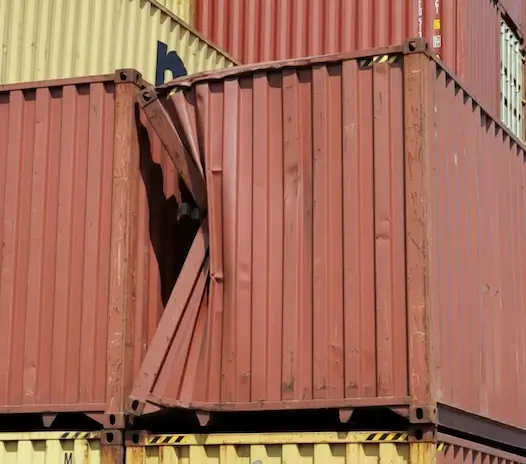Brand New (1-Trip/Factory)
Brand new containers, also known and often referred to as “1-trip” containers, have only been used for a single trip from the factory to the buyer. These containers are essentially in perfect condition, having never been subject to the wear and tear of repeated shipping cycles. Brand-new containers are the best choice if you need quality containers for long-term use, and they are guaranteed to be structurally healthy and free from rust, dents, significant scratches, or other signs of damage.
Because these containers are fresh from the factory, they are often used in Projects that require containers in pristine condition (high-end storage solutions, modular construction projects, housing, etc.) often use this kind of containers because they are fresh from the factory. When you see a brand new container, you get an answer to the question “What does container mean?” — in its most literal form, it’s an object designed to securely transport and store goods in their best possible condition.

